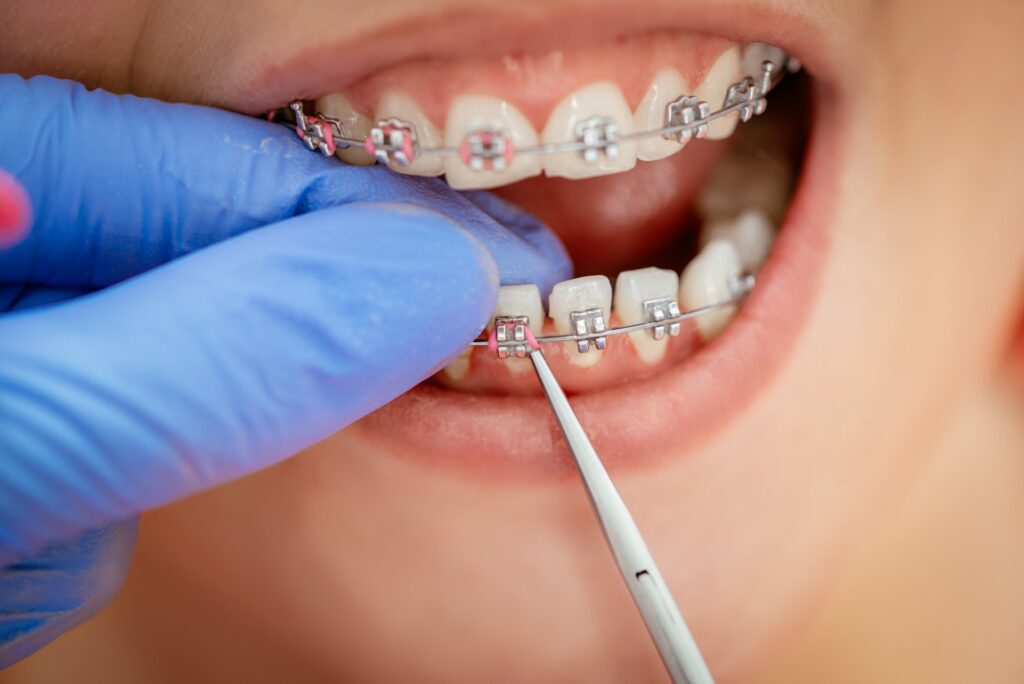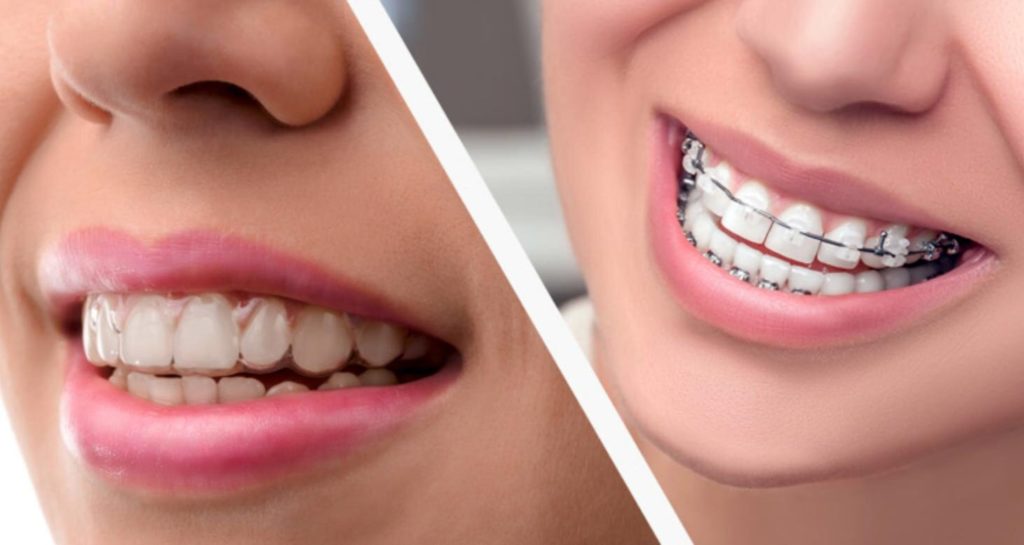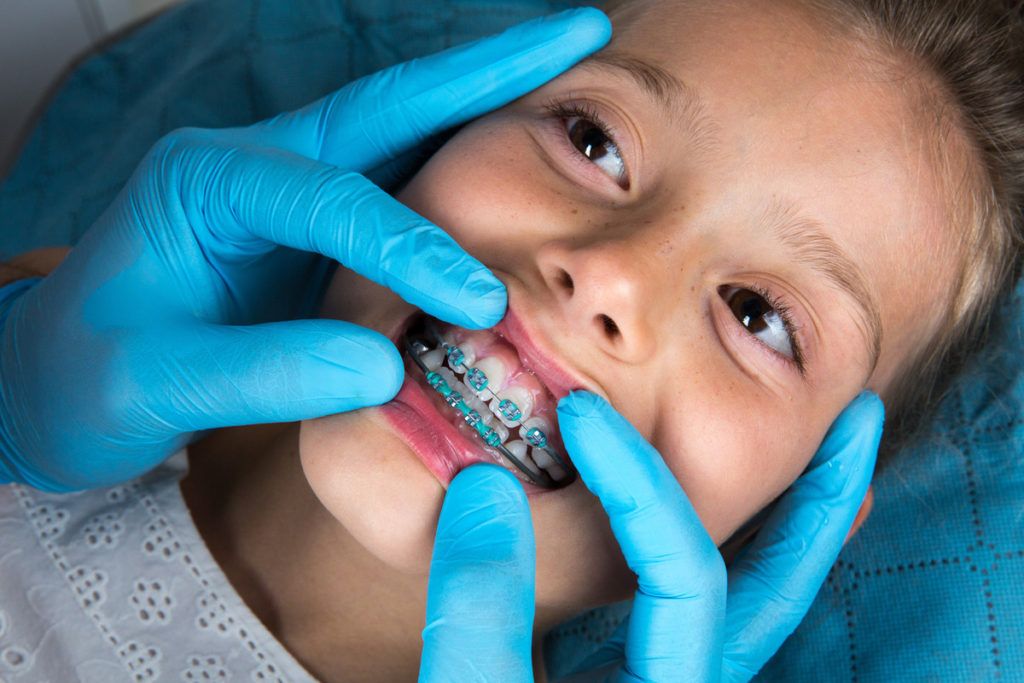December 13, 2023
At least 4 million people in the US alone are wearing braces. One in four of them are adults.
Metal braces are one of the most popular ways to achieve the dream of straight teeth. They can make you feel confident, fix your bite, and improve your oral health.
Discover the different types of metal braces to choose from and tips for during and after treatment.
Types of Metal Braces
“Metal braces” is a general term for orthodontic appliances made of metal. There are various types, and your orthodontist can help you pick the best option to fit your needs.
Traditional Metal Braces
Traditional metal braces connect the teeth to a wire with elastic ties that come in various colors. They work by applying pressure to straighten the teeth. They get adjusted at the orthodontist every 4-8 weeks.
They aren’t removable, so children don’t need to be reminded to put them on and absent-minded adults can’t lose them. They’re one of the most affordable types of metal braces, but their longevity relies on maintaining proper oral hygiene.
Lingual Braces
Lingual braces are an efficient, customizable option for eligible patients. They’re almost invisible, making them perfect for image-conscious adults or teens.
The fact that they go behind the teeth does mean that they can create slight changes in speech such as a lisp. They can also irritate the tongue. These symptoms should go away in a few weeks as you get accustomed to them.
Eating With Braces
The rules about what types of food you can and can’t eat differ based on type and brand. Your orthodontist can help you find the right balance, but there are a few general rules to follow.
Most foods that are off-limits are the ones that are hard and sticky. Popcorns, caramels, and nuts can get stuck or cause damage. They might pop a wire or break a bracket, sending you back to the orthodontist.
Braces-friendly foods to enjoy on special occasions or during the holidays include:
- Cake pops
- Mini chocolate bars
- Plain M&Ms
- Cookies
- Pastries
Cleaning Your Braces
Caring for braces is similar to caring for your natural teeth. That means maintaining your oral health with proper brushing and flossing.
It starts with the right tools. Get an interdental brush with soft bristles to help you reach between your teeth and braces. An interproximal brush is an effective option when you’re traveling.
A floss threader gets floss into the hard-to-reach areas. You can also use a water flosser if you’re still struggling to remove plaque and food residue.
Mouthwash provides another layer of protection. Find one that’s anti-microbial and contains fluoride and use it before brushing.
Make sure you are using these tools with the right technique. When brushing your teeth, remove your elastics, then brush at a 45° angle to get around and under each bracket and wire.
Visit the orthodontist at least every six months. They’ll make adjustments and spot any issues before they become an emergency.
Coping With Braces
Orthodontic care is an investment, and not just in terms of money. Being prepared for the discomfort you can expect during braces treatment will make it easier to handle. It’s also important to know what to do when pain goes beyond common discomfort.
The term “common discomfort” is a bit subjective. It refers to the type of pain almost every patient should expect such as jaw pain or difficulty chewing.
Ways to reduce the discomfort include:
- Using orthodontic wax
- Eating cold foods
- Drinking cold drinks
- Using over-the-counter pain relievers
- Rinsing your mouth with saltwater
Pain that’s severe or prolonged can be a sign of a serious issue. Go to the orthodontist if this happens or your discomfort is accompanied by:
- Bleeding teeth and gums
- Sores
- Malfunctioning braces
- Facial trauma or damage
An Investment In The Future
The average treatment times for braces vary widely. Metal braces take one to two years for most patients.
There’s also the financial investment. Metal braces cost $2,750-$7,000 on average without insurance. Budget for it and look for payment plans to help with the cost.
Maintain your straight teeth once the treatment is done. Wear retainers if your orthodontist recommends them and keep up your oral hygiene routine.
Braces In Riverview, FL
SouthShore Orthodontics is dedicated to providing exceptional orthodontic treatment in a welcoming environment. Our expert team of board-certified orthodontists is here to guide you on your journey to the smile of your dreams.
Worried about the cost of braces? Our office staff will work with you to find financing solutions that best fit your budget. We accept most insurance plans and offer flexible payment plans and in-house financing.
Contact us to learn more about which type of braces will fit your unique needs and to schedule your free consultation!










